Ukraine
Ukraine is a unitary state composed of territorial communities (amalgamated communities of villages (sela) and towns (selyshcha), cities (mista), districts (rayony) and regions (oblasti).
CEMR in Ukraine – Association of Ukrainian Cities (www.auc.org.ua) and Ukrainian Association of District and Regional Councils (http://uaror.org.ua/)







Local governments
1,775 territorial communities, among them Kyiv City, 627 village councils (silska rada), 431 town councils (selyshchna rada), 381 city councils (miska rada), 31 territorial communities in the uncontrolled territory within Donetsk and Luhansk oblasts, and 304 territorial communities (in the Autonomous Republic of Crimea and the city of Sevastopol).
The municipal council (rada) is the local authority's deliberative assembly and is composed of members elected by direct universal suffrage for a five-year term. Council members exercise their power through council sessions or standing commissions.
The executive committee (vykonavchyy komitet) is the executive body, it implements council decisions and is responsible for development programmes, the municipal budget and for the coordination of departments and services within the committee. The mayor puts forward a list of potential executive committee members, which is in turn approved by the municipal council.
The mayor (silskyy golova in villages, selychshnyy golova in towns and miskyy golova in cities) constitutes the main executive body of the municipality and is elected by direct universal suffrage for a period of five years. He/she chairs municipal council meetings and represents the municipality vis-à-vis third parties
The cities of Kiev and Sevastopol have a special status as their respective system of local self-government coexists with their system of state administration.
-
- Maintenance of technical infrastructure
- Urban development, planning and control
- Transport
- Water, heating and sewage
- Waste management
- Tourism
- Environment
- Promotion of local business and employment
- Development programmes
- Local budget
- Education
- Social welfare
- Health care
- Culture
- Administrative Services






Intermediary governments
The district council (rayonna rada) is the district's decision-making body. Its members are elected by direct universal suffrage for a five-year mandate. Council members exercise their power through council sessions or standing commissions. The district council represents the common interests of the municipalities in its jurisdiction. It does not have a separate executive committee like municipalities, as its executive functions are performed by a district state administration created by the national government.
The head of the district council (golova rayonnoyi rady) is elected for five years by and from within the district council. He/she heads the council.
-
Following the territorial reform in 2020, district councils lost all competences.
Regional governments
The regional council (oblasna rada) is the region's decision-making body. Its members are councillors elected by direct universal suffrage for a five-year mandate. The regional council represents the common interests of its municipalities. It does not have a separate executive committee like municipalities, as its executive functions are performed by a regional state administration set up by the national government.
The head of the regional council (golova oblasnoyi rady) is elected by and from within the regional council for a period of five years. He/she heads the regional council.
-
- Regional development programmes
- Health
- Education
- Culture
- Social welfare
- Distribution of state budget funds
- Regional planning
- Transport
